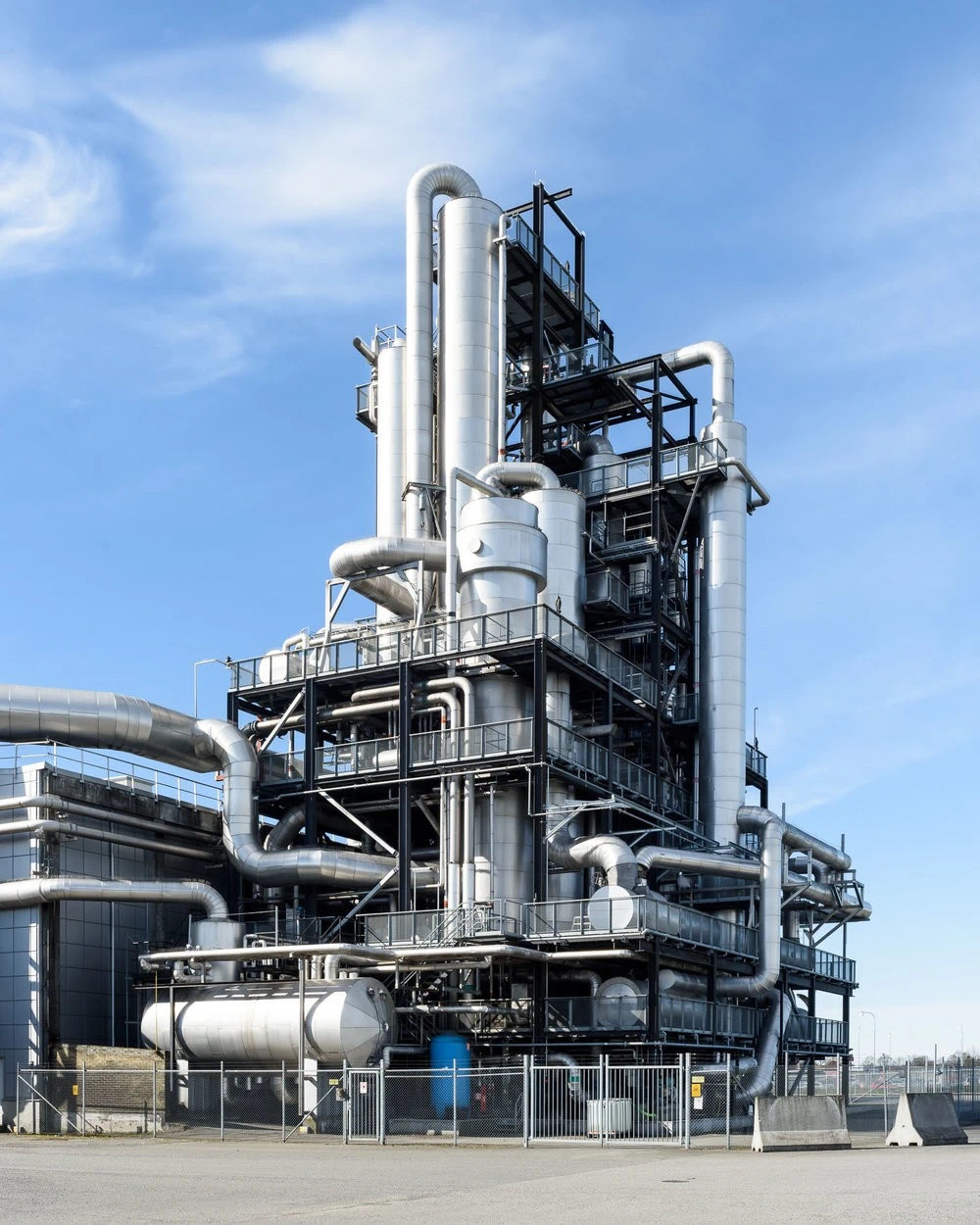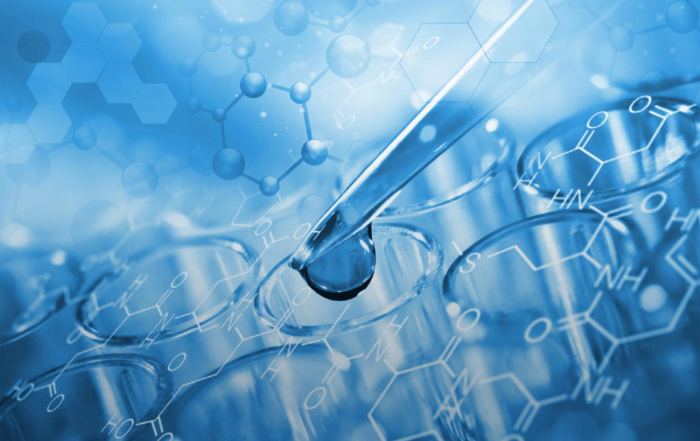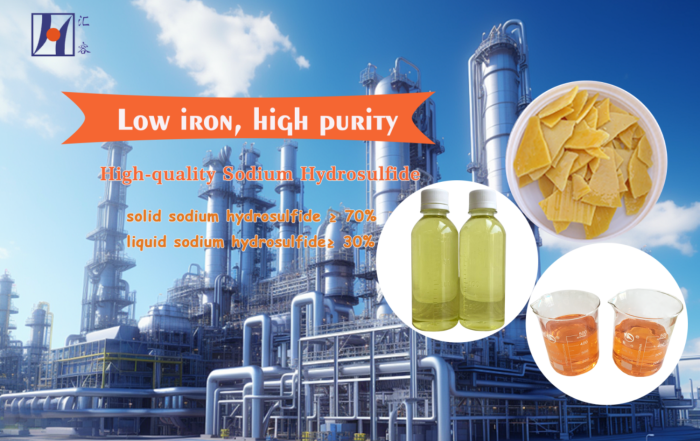Definition and Classification of Sulfides
Sulfides are compounds formed between highly electropositive metals/non – metals and sulfur. In inorganic chemistry, most metal sulfides are regarded as salts of hydrogen sulfide (H₂S), divided into acid salts (HS⁻), normal salts (S²⁻), and polysulfides (Sn²⁻). Organic sulfides, featuring divalent sulfur, include sulfides (R-S-R), thiophenols/thiols (Ar/R-SH), thioaldehydes (R-CSH), thiocarboxylic acids, and disulfides (R-S-S-R).
Properties of Sulfides
Color
Sulfides often have vivid colors. For example, cadmium sulfide (CdS) is yellow, mercury sulfide (HgS) can be red or black, and lead sulfide (PbS) is black.
Solubility
Most metal sulfides are water – insoluble but acid – soluble, releasing hydrogen sulfide. Alkali metal sulfides and ammonium sulfide are water – soluble, with alkaline solutions due to hydrolysis. Sulfide solubility can be predicted by the cation’s polarizing power (Z/r). The higher the polarizing power, the lower the solubility.
Hydrolysis
Sulfides hydrolyze in water to form hydrosulfuric acid and hydroxide ions, resulting in alkaline solutions. For instance, sodium sulfide hydrolyzes to form an alkaline solution called “sulfide alkali.”
Electrical Conductivity
Sulfides generally have relatively high electrical conductivity.
Magnetism
Many sulfides exhibit unique magnetic properties like ferromagnetism, antiferromagnetism, or paramagnetism.
Oxidation – Reduction Properties
The – 2 oxidation state sulfur in sulfides is reducing and can be oxidized to sulfur, sulfite, and sulfate, acting as a reducing agent in some reactions.
Acid – Base Properties
Sulfides’ acidity and basicity vary with periods and groups, but their basicity is weaker than that of oxides. For example, hydrogen sulfide is a diprotic weak acid in water.
Thermal Stability
Sulfides may decompose or oxidize at high temperatures. For example, iron sulfide oxidizes easily in air and yields sulfur when heated above 1100°C in a vacuum.
Reactivity
Sulfides react with many substances. They generate hydrogen sulfide when reacting with acids. Controlling solution acidity can alter S²⁻ ion concentration, precipitating different insoluble metal sulfides.
Preparation Methods of Sulfides
Direct Reaction Method
This simple method involves reacting metals/non – metals with sulfur at high temperatures to form sulfides, such as producing copper sulfide (CuS) from copper and sulfur.
Hydrothermal Method
This method uses chemical reactions in water under high – temperature and high – pressure conditions. Sulfur sources and metal salt precursors are placed in a stainless – steel autoclave, and controlling reaction conditions can synthesize sulfides with different morphologies and sizes, like NiS₂ hollow microspheres prepared by Luo et al.
Solventothermal Method
Similar to the hydrothermal method but using organic solvents and higher reaction pressure, this method is suitable for preparing sulfide nanomaterials with specific morphologies and sizes, such as MoS₂ nanoparticles on graphene oxide sheets prepared by Li et al.
Chemical Vapor Deposition
This method converts gaseous precursors into solid sulfides through chemical reactions and deposits them on a heated substrate, suitable for preparing high – crystallinity sulfide films or nanosheets, like MoS₂ and WS₂ prepared from molybdenum hexacarbonyl, tungsten hexacarbonyl, and diethyl sulfide.
Pulsed Laser Deposition/Ablation
This cost – effective method with fast growth rate and good control over morphology and thickness involves ablating target materials with high – energy pulsed lasers to deposit sulfide films on substrates, like MoS₂ quantum dots prepared by Bo et al. using femtosecond laser ablation.
Applications of Sulfides
Industrial Applications
Battery Manufacturing: Sulfides are crucial as solid – state electrolytes in batteries, especially for all – solid – state batteries (ASSBs) with high safety and energy density, suitable for electric vehicles.
Catalysts: Some metal sulfides like MoS₂ are used as catalysts in organic synthesis, particularly in hydrogenation reactions, showing advantages with sulfur – containing organic substances.
Pigments and Coatings: Sulfides like CdS and ZnS are used in pigment and phosphor production. High – purity CdS, a good semiconductor, is used in photocell manufacturing.
Paper and Textile Industries: Sodium sulfide (Na₂S) is widely used in producing sulfur dyes, organic medicines, and paper pulp.
Material Science
Semiconductor Materials: Sulfides like CdS and PbS are used to make semiconductors for photoelectronic devices and infrared sensors.
Coating Materials: Sulfide – based binders are used in grinding wheels, offering good heat and chemical resistance for high – temperature grinding and special material grinding.
Chemical Research
Chemical Reagents: Sulfides like sodium sulfide and sodium hydrosulfide are commonly used in various chemical reactions and analyses in laboratories.
Material Synthesis: Sulfides act as precursors in synthesizing other compounds, such as polysulfides and thiosalts.
Environmental Protection
Wastewater Treatment: Sulfide adsorption technology removes heavy metal ions and organic pollutants from industrial wastewater, improving compliance rates.
Soil Remediation: Metal sulfides are used in remediating heavy metal – contaminated soils and water bodies.
Pharmaceutical Field
Drug Development: Some metal sulfides with pharmacological activity can be developed into antiviral and anticancer drugs.
Biomedical Materials: Sulfides are used in biomedical materials like biosensors and imaging agents.
Safety Precautions
Avoid direct skin and eye contact with sulfides to prevent irritation or damage. Ensure good ventilation and take protective measures (gloves, goggles) during preparation and use to avoid inhaling or ingesting sulfides and harmful gases like hydrogen sulfide. Store metal sulfides properly to prevent oxidation and dispose of waste sulfides according to regulations to avoid environmental pollution.




